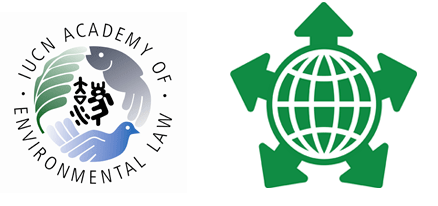Location
Room 107
Start Date
2-7-2012 3:00 PM
End Date
2-7-2012 4:40 PM
Description
Australia is currently experiencing an unprecedented expansion of mining activities into previously unaffected rural regions, encroaching lands of high environmental and agricultural value. Coal seam gas and significant underground mining of rare and precious metals also threaten surface and groundwater resources. Australia’s environmental laws are ill equipped to respond and sufficiently manage these new land-use conflicts giving rise to a greater risk of adverse environmental and social impacts. These new land-use conflicts involve very complex institutional issues in particular new players competing for scarce natural resources. The mining industry is perceived as a powerful and often government-supported player as mining royalties creates a duplicitous relationship for government: representing the public interest in sustainable natural resource management and raising revenue for government expenditure from mining royalties. The State of New South Wales alone earned $1.28 billion in royalty revenues in 2008/09.
This paper will explore the evolution of environmental law in Australia since the ‘Rio Declaration on Environment and Development’ in 1992 focusing on threatened species legislation. The discussion will use a case study to explore the issues, involving an IUCN red listed endangered species the Giant Barred Frog (Mixophyes iteratus) whose habitat is potentially threatened by mining activities in Australia. Institutional issues surrounding the protection of threatened species and their habitats will be examined comparing legal intent and actual practice. New policy initiatives currently underway in Australia will be critiqued and recommendations for law and governance reforms required to adequately protect threatened species.
Presentation
Included in
Lost in Translation: Threatened Species in Australia
Room 107
Australia is currently experiencing an unprecedented expansion of mining activities into previously unaffected rural regions, encroaching lands of high environmental and agricultural value. Coal seam gas and significant underground mining of rare and precious metals also threaten surface and groundwater resources. Australia’s environmental laws are ill equipped to respond and sufficiently manage these new land-use conflicts giving rise to a greater risk of adverse environmental and social impacts. These new land-use conflicts involve very complex institutional issues in particular new players competing for scarce natural resources. The mining industry is perceived as a powerful and often government-supported player as mining royalties creates a duplicitous relationship for government: representing the public interest in sustainable natural resource management and raising revenue for government expenditure from mining royalties. The State of New South Wales alone earned $1.28 billion in royalty revenues in 2008/09.
This paper will explore the evolution of environmental law in Australia since the ‘Rio Declaration on Environment and Development’ in 1992 focusing on threatened species legislation. The discussion will use a case study to explore the issues, involving an IUCN red listed endangered species the Giant Barred Frog (Mixophyes iteratus) whose habitat is potentially threatened by mining activities in Australia. Institutional issues surrounding the protection of threatened species and their habitats will be examined comparing legal intent and actual practice. New policy initiatives currently underway in Australia will be critiqued and recommendations for law and governance reforms required to adequately protect threatened species.

